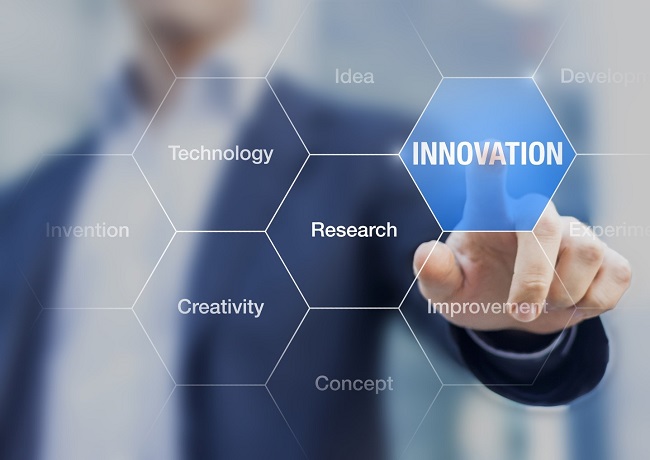Management of Technological Innovation: 3rd module of the MIPLM 2023
Digitalization causes a complete paradigm shift of production and innovation options. In a digital environment, innovation systems and management of technology face new challenges every year. Product development and engineering departments across the globe need to master three fundamental challenges:
- Developing innovative, connected, customer-centric and personalized products and solutions
- Driving efficiency and digitalization of core product development and engineering processes
- Integrating their departments into an agile and integrated partner eco-system
The 3rd module helps our students with:
- Understanding the impact of different types of innovation and related management implications
- Understanding the process of technology diffusion and change
- Understanding the emergence of dominant designs and their impact on industries
- Practical skills related to the management of technological innovation
What is innovation and why does it play such a vital role?
The word “innovation” is derived from the Latin verb innovare, which means to renew. In essence, the word has retained its meaning up until today. Innovation means to improve or to replace something, for example, a process, a product, or a service. In the context of companies, however, the term needs a definition.
Innovation is a process by which a domain, a product, or a service is renewed and brought up to date by applying new processes, introducing new techniques, or establishing successful ideas to create new value. The creation of value is a defining characteristic of innovation.
Why is innovation so important?
Organizations have several options to increase their competitiveness: they can strive for price leadership or develop a strategy of differentiation. In both cases, innovation is essential.
Companies that choose price leadership must secure their long-term competitiveness by developing innovative, highly efficient processes. Process optimization and continuous improvement in terms of costs are important for them.
Companies that strive for a differentiation strategy need innovation to develop unique distinguishing features to their competitors. Many start-ups launch their activities by developing an innovative product or service. Continuous innovation is, therefore, crucial for all companies. The main difference is in the focus of the innovation strategy, which varies considerably from company to company.
In today’s world of rapid technological innovations, customers demand products and integrated solutions that are always up-to-date, complete with the latest designs and technologies. That shortens established product life cycles and drives demand, not just for frequent product updates and incremental improvements but also for complete makeovers and breakthrough technology innovation. For industrial customers, “traditional” products often need to be digitally enhanced in a whole range of ways, including the addition of apps, human-machine interfaces, remote access and surveillance, predictive maintenance, self-learning adaptive parameter configuration, virtual assistance services, and other digital services that can be integrated seamlessly into existing and evolving full solution eco-systems.
Invention or Innovation?
Inventions are new solutions for scientific or technological problems. They are mainly based on R&D. Innovations can include social and organizational novelties. In the technological context, innovations address marketing actions and production preparation as well as the exploitation of the underlying invention. Incremental innovation for example is an innovation that makes minor changes or adjustments in existing practices, whereas a radical innovation is an innovation that is very new and different from previous practices.



